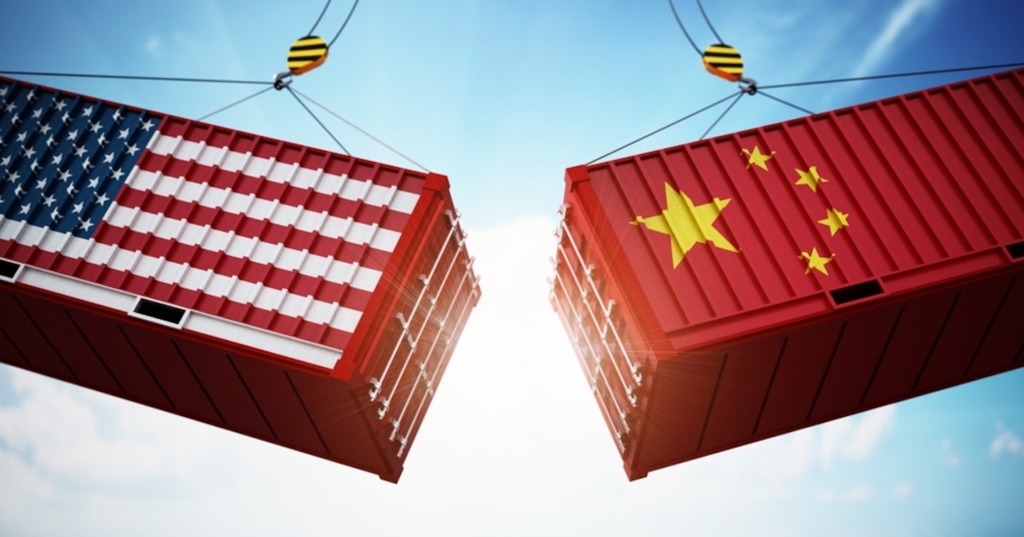Tariffs on Imports Impacting Prices and Global Trade Relations
Discover how recent tariffs on imports from Mexico, Canada, and China are reshaping prices and triggering global trade tensions.

Key Points
- The recent tariffs of 25% on imports from Mexico and Canada
, along with 20% on Chinese goods, are expected to substantially raise consumer prices.
- Retaliatory measures from Canada and Mexico, including significant tariffs on American products, could escalate into a full-blown trade war.
- The economic implications extend beyond trade relations, potentially affecting industries, supply chains, and job security for American workers.
In a world increasingly defined by interconnected economies, the recent tariffs imposed by
on imports from Mexico, Canada, and China have sent ripples through global markets. This bold move, heralded as a mechanism for achieving trade balance, is raising prices for American consumers and sparking retaliatory measures from trading partners. As these developments unfold, it’s essential to explore the implications of this trade policy and what it could mean for consumers and industries in the United States.
The tariffs that went into effect mark a significant shift in trade relations, with 25% tariffs on goods from Canada and Mexico and 20% on Chinese imports. These measures represent some of the highest tariffs seen since the 1940s, illustrating a dramatic departure from longstanding trade practices that prioritized free trade. The Peterson Institute estimates that these tariffs could lead to an average annual expense of $1,200 per household in the U.S.

Areas Most Affected
One of the most troubling aspects of these tariffs is their impact on various sectors. For example, the automotive industry, which has long relied on integrated supply chains spanning the United States, Mexico, and Canada, may see costs escalate dramatically. According to reports, consumers could face price increases of up to $12,200 for certain vehicles.
Furthermore, American consumers are likely to notice the effects in their everyday lives. The cost of toys, clothes, and electronics, all heavily reliant on imports from China, are expected to rise as well. In fact, $32 billion in toys and sports goods imported from China could see significant price hikes, impacting family budgets across the nation.

Retaliation and Global Implications
The ripple effects extend beyond U.S. borders. Both Canada and Mexico have expressed their intention to retaliate. Canada has already announced plans to impose tariffs on $155 billion worth of American goods, targeting key sectors including agriculture and transportation. This back-and-forth could escalate into a full-blown trade war, affecting not just international relations but also the domestic economy.
Moreover, China's response to U.S. tariffs has been swift and deliberate, introducing penalties on American agricultural exports such as soybeans and wheat. This retaliation could severely impact American farmers who heavily depend on these exports, prompting concerns about the long-term ramifications for the agricultural sector.
A Broader Perspective
There is an undeniable complexity to the dilemma presented by these tariffs. While the administration argues that they are a necessary response to issues like drug trafficking and illegal immigration, the economic fallout for everyday Americans cannot be ignored. The contradiction lies in the administration's goal of combating inflation while simultaneously implementing measures that are likely to drive prices upwards.
According to Timothy Fiore, a leader in the manufacturing sector, the tariffs have already led to interruptions in supply chains, delays in new orders, and rising inventory costs. These challenges don't just affect large corporations; they also trickle down to impact job security and pricing for consumers.
As these tariffs are set to reshape the landscape of American consumerism and industry, it is crucial to navigate carefully. The trade policy could either stabilize or destabilize the economy depending on how both domestic and international parties react.
The ongoing debate about the efficacy of tariffs as a trade strategy continues. While some argue they protect American jobs, others highlight the immediate costs to consumers and businesses. As we move forward, it remains vital to monitor these developments closely, understanding that the choices made today will redefine the economic landscape for years to come.


